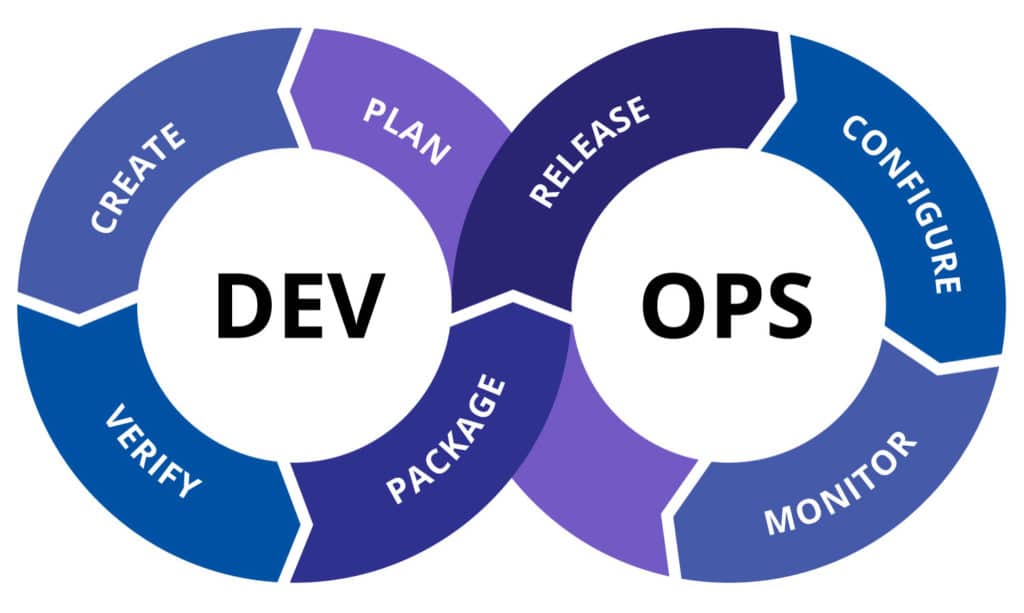DevOps, also known as “development and operations,” is a set of practices and philosophies that merges software development, quality assurance, and operations to shorten the life cycle and provide fixes and updates. On top of increasing speed, DevOps also aids in communication and mitigates the risk of software errors.
Creating Change with Microservices and DevOps
Microservices and DevOps emerged piece by piece from real-world challenges (and clever solutions). They are continually adapting as we learn new and better ways to effectively build software. While there is consensus on the common attributes of microservice architecture, the same cannot be said as to what constitutes “DevOps.” Every organization has a slightly different set of practices and procedures that they say constitute a DevOps model.
Benefits of DevOps
Implementing DevOp practices can drive significant benefits for organizations and their software, including:
Speed
Moving quickly allows for innovations to get into the hands of customers sooner and better adapt to changing markets. DevOps uses design approaches such as microservices and practices such as continuous delivery and integration to increase development velocity.
Rapid delivery
Frequent delivery of new releases is a healthy metric of a software organization. The faster that new features, enhancements, and bug fixes can be released; the better you can respond to customers needs.
Scale
One of the most difficult challenges in the delivery of software can be the operation of applications at scale. Large systems often require clustered hardware/software resources, real-time monitoring/alerting, and a commitment to cloud-friendly architectures. Automation systems and “infrastructure as code” principles and platforms makes scaling much easier. They also provide consistency and mean that running a single instance of an application is often as easy as running a thousand.
Reliability
Practices such as continuous integration and continuous delivery contribute to the reliability of an application the way that automation and “infrastructure as code” contribute to scale. By providing comprehensive test suites and ensuring that they are invoked on each commit, it’s possible to know that commits are both functional and safe. If there is an issue that breaks the code, the continuous integration system can provide early notices so that the errors are corrected promptly. These checks, when combined with delivery pipelines, can provide a high degree of confidence that the application works as expected before pushing it to staging or production environments.
Increased Collaboration
Teams working under a DevOps model own their applications from concept through operation. Architects, developers, and operations staff work together closely and share many responsibilities. In many cases, they will combine workflows and work together closely to troubleshoot and resolve problems. Intimate knowledge of the environment helps improve the code while engaging operations staff in the development and quality process ensures that bugs are fixed quickly and released promptly.
Security
Rigorous testing and continuous integration, adoption of cloud platforms and infrastructure as code practices, along with multi-disciplinary teams that work together more closely combine to greatly improve application security. It allows DevOps organizations to move quickly while retaining control, preserving compliance, and data that can help show improvement. Many platforms allow you to go even further by also automating compliance policies and ensuring a granular permissions model using practices sometimes called “policy as code” which capture what best practice might be, and giving a template to audit against what has been deployed into production.
Build a DevOps Culture Within Your Organization
If you want to keep your company on the cutting-edge, DevOps is crucial. Our DevOps engineering approach can help your business deliver faster and more efficiently. Contact us to learn more about our DevOps engineering and how DVO Consulting can be your strategic partner.

